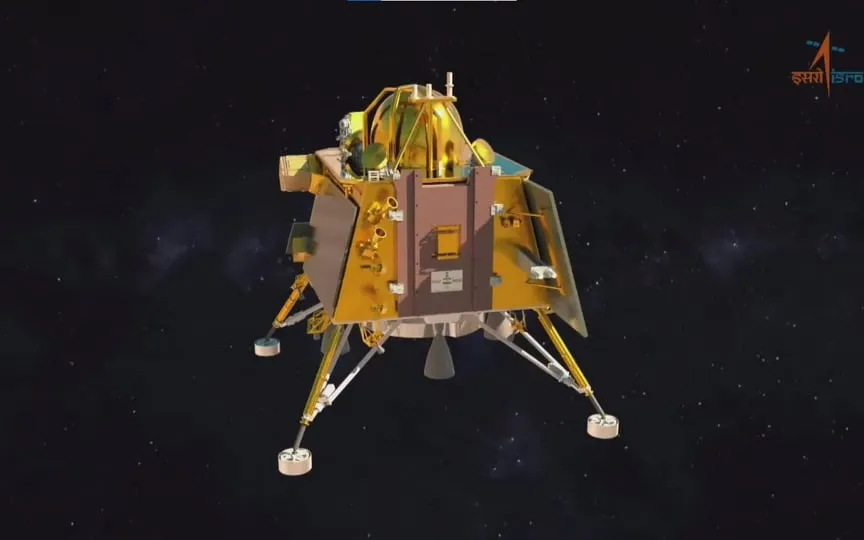ISRO’s Pragyan Rover Leads India to Successful Moonwalk Following Vikram Lander’s Triumph
India made history yesterday as it became the fourth nation to achieve a successful Moon landing, and the first to reach the Moon’s South Pole. The Chandrayaan-3’s Vikram Lander successfully navigated to the lunar surface, marking a significant milestone. However, the mission’s true challenges lie ahead. The Pragyan rover and Vikram lander will now commence their individual investigations, analyzing the Moon’s structural composition. Excitingly, the Pragyan rover has already taken its initial steps on the lunar surface, ready to embark on its scientific mission.
The Indian Space Research Organization (ISRO) just posted on X: “Chandrayaan-3 ROVER: Made in India, Made for the MOON! Ch-3 Rover landed from Lander and India walked on the moon! More updates soon.”
This is another great achievement because it shows that nothing was damaged during the entire trip and that mission control is still communicating effectively with the lander. Now, with only 14 days to go, it is important to start testing to gain as much information as possible before the Chandrayaan-3 mission ends.
Pragyan walks on the moon
Now the Pragyan rover is starting to study the geology and atmosphere of the Moon. Its primary goal is to understand the elemental composition of the Moon and especially the polar region of the Moon. This understanding of the composition of the Moon also sheds light on its origin as well as the origin of the Earth, as it is believed that the Moon was separated from the Earth.
In addition, the Rover will also study the Moon’s dust layer, known as regolith. The Vikram lander will also explore the near surface, crust and mantle during this period.
The Pragyan rover weighs 26 kg and is equipped with various instruments suitable for research and stereoscopic 3D cameras for navigation and mapping. It moves on the Moon at a speed of 1 cm/s. Interestingly, the Rover is unable to communicate directly with Earth. As a result, the Vikram lander acts as an intermediary and sends data from Pragyan to Earth so that the data can be analyzed more quickly.




